On April 11, 1986, a firefight erupted in Miami, Florida, forever changing law enforcement practices and ballistic performance in the United States. Known as the Miami Shootout, this deadly confrontation between FBI agents and two heavily armed suspects underscored the need for more effective ammunition and weaponry. The aftermath of this shootout led to the development of the FBI Ballistic Protocol, which became a cornerstone in modern law enforcement training and equipment standards and soon found its way into the civilian self-defense world, too.
The Miami Shootout: A Turning Point
The Miami Shootout involved eight FBI agents attempting to apprehend two violent bank robbers, William Matix and Michael Platt. Despite the agents’ numerical superiority, the suspects’ firepower and tactical advantage led to a protracted gun battle. By the end of the encounter, two agents were dead, and five were seriously wounded. Both suspects were also killed.
The FBI’s subsequent investigation into the shootout revealed critical shortcomings in the agents’ equipment. Notably, the .38 Special and 9mm ammunition used by the agents failed to neutralize the suspects effectively, even when shots were on target. This highlighted a severe deficiency in the stopping power of the standard-issue ammunition.
The Genesis of the FBI Ballistic Protocol
In response to the Miami Shootout, the FBI undertook a comprehensive review of its firearms and ammunition. The goal was to develop a testing protocol to ensure agents had access to ammunition capable of delivering effective terminal performance in various real-world scenarios.
By 1989, the FBI had established a new set of ballistic testing standards. These standards aimed to evaluate the performance of ammunition through a series of controlled tests designed to simulate common barriers and target scenarios encountered in the field. The new protocol emphasized the need for bullets to penetrate adequately while expanding upon impact to maximize stopping power.

The FBI Ballistic Testing Protocol: Standards and Procedures
The FBI ballistic testing protocol consists of several standardized tests designed to measure a bullet’s performance in various conditions. Here are the primary components of the protocol:
1. Penetration
Penetration tests measure how far a bullet travels through a target medium. The FBI requires a minimum penetration of 12 inches and a maximum of 18 inches in ballistic gelatin. This range ensures that the bullet can reach vital organs even if it must first pass through an extremity or an obstacle like clothing or glass.
2. Expansion
Expansion tests evaluate how much a bullet expands upon impact. An expanding bullet creates a larger wound channel, increasing the likelihood of incapacitating a target. The FBI looks for controlled and consistent expansion to balance between penetration and stopping power.
3. Barrier Penetration
Bullets must perform reliably through various barriers, as real-world encounters often involve shooting through objects such as glass, car doors, and clothing. The FBI tests ammunition against six standardized barriers:
- Heavy Clothing: Simulates winter clothing to test bullet expansion and penetration after passing through the fabric.
- Drywall: Represents interior walls to assess penetration and performance after striking common household barriers.
- Plywood: Mimics wooden doors or similar obstacles.
- Sheet Metal: Simulates car doors or metal barriers.
- Auto Glass: Tests bullet performance after passing through angled glass, replicating shots through car windows.
4. Accuracy
Accuracy is critical for ensuring that bullets hit the intended target. The FBI requires that ammunition meets specific accuracy standards during testing to ensure reliability in the field.
5. Consistency
Consistency in performance is essential for ensuring predictable results. The FBI protocol demands that bullets perform consistently across multiple tests to be deemed reliable for duty use.
Impact and Legacy
Implementing the FBI ballistic protocol impacted law enforcement and ammunition manufacturers. One of the most significant changes was the widespread adoption of the .40 S&W cartridge. Developed by Smith & Wesson in collaboration with Winchester, the .40 S&W offered a balance between the stopping power of the .45 ACP and the magazine capacity and recoil management of the 9mm.
Over time, advancements in ammunition technology have led to improvements in 9mm performance, bringing it back into favor among many law enforcement agencies, including the FBI. Modern 9mm rounds now meet the stringent requirements of the FBI ballistic protocol, offering an optimal blend of penetration, expansion, and capacity.
The FBI’s rigorous testing standards have also influenced civilian markets, with many self-defense ammunition brands advertising their compliance with the FBI protocol as a mark of quality.
Parting Shot
The tragic events of the Miami Shootout served as a catalyst for significant advancements in law enforcement ammunition standards. The development and implementation of the FBI ballistic protocol have ensured that agents and officers are better equipped to handle the threats they face in the field. By emphasizing controlled expansion, adequate penetration, and performance through barriers, the FBI has set a benchmark for ammunition performance that continues to shape the industry and improve public safety.
ABOUT THE AUTHOR:
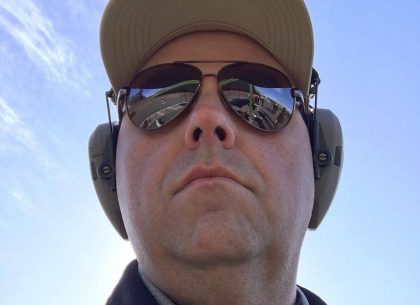
David Workman is an avid gun guy and a contributing writer to several major gun publications. As an NRA-certified instructor, David trains new shooters on basic handgun skills and CCW requirements and is a strong advocate for training as much as possible. “Real-life shootouts don’t happen at a box range.”
![]() You may also enjoy these popular articles:
You may also enjoy these popular articles:
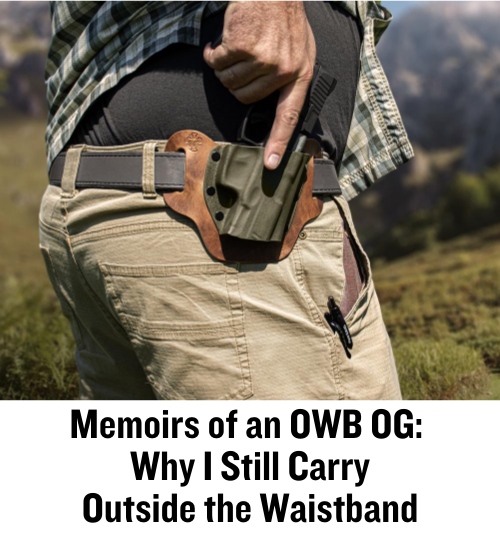
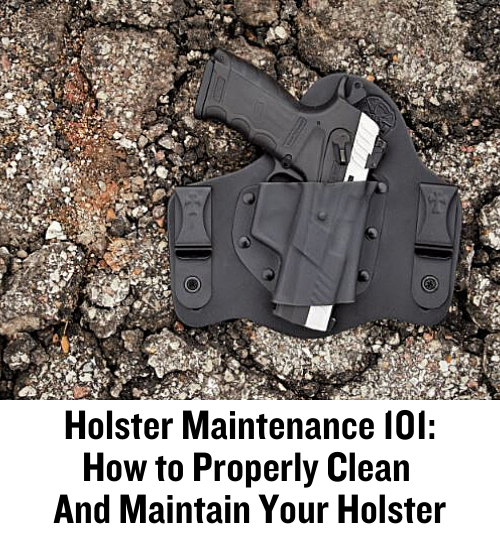
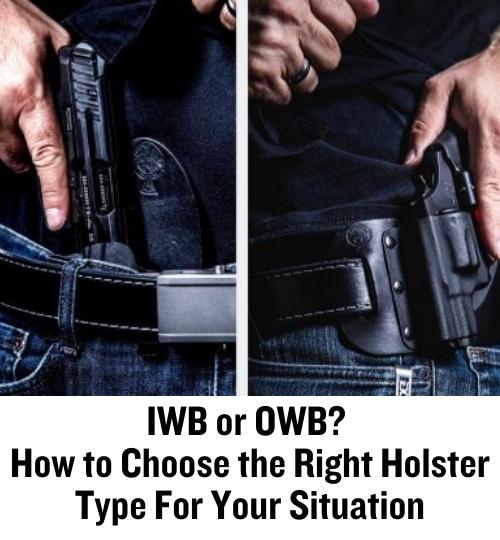
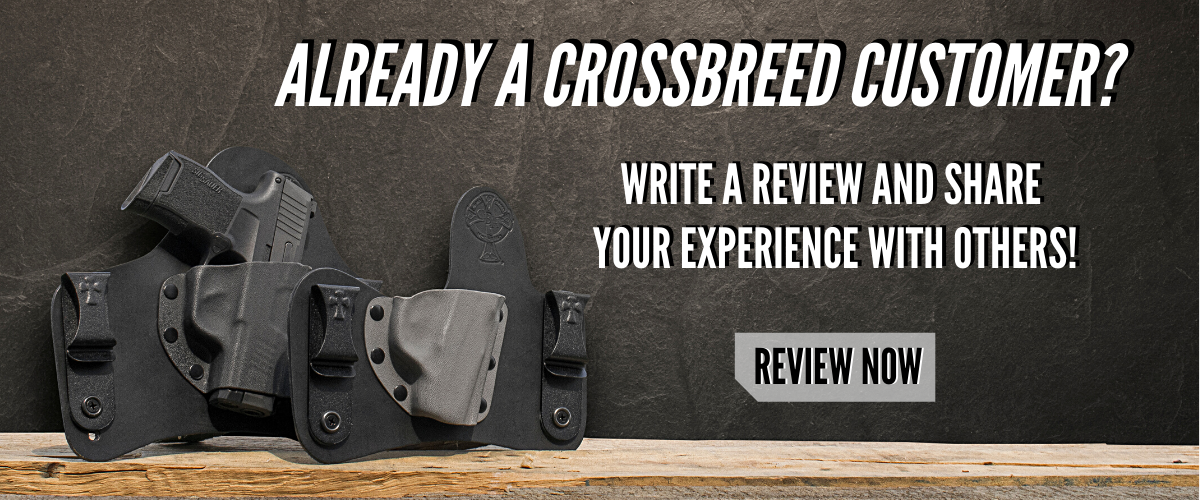
©MTC Holsters, LLC and CrossBreed Holsters Blog, 2024.
Unauthorized use and/or duplication of this material without express and written permission from this site’s author and/or owner is strictly prohibited. Excerpts and links may be used, provided that full and clear credit is given to David Workman and the CrossBreed Blog with appropriate and specific direction to the original content.

